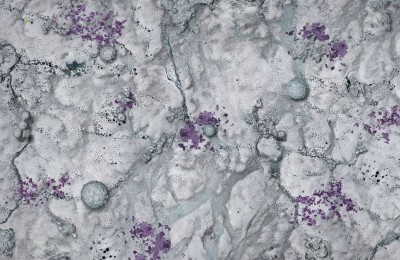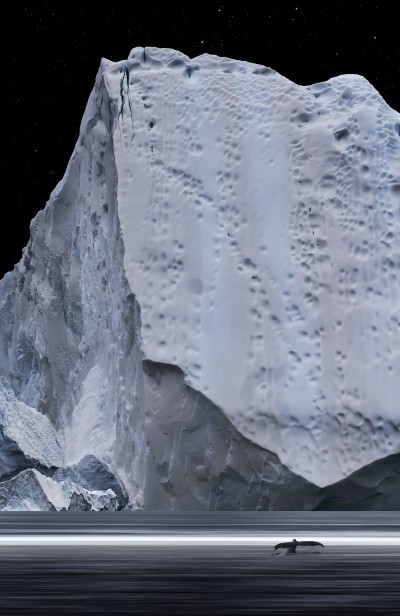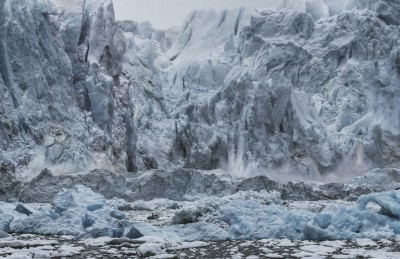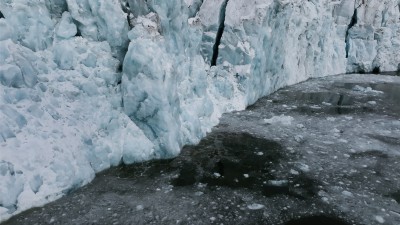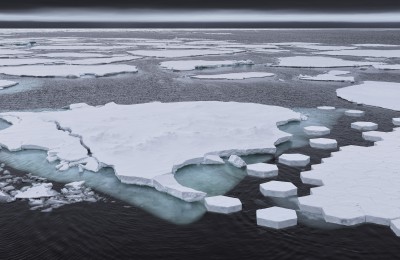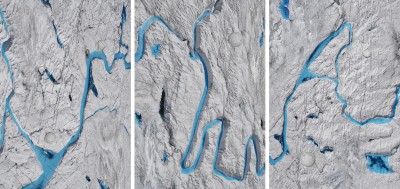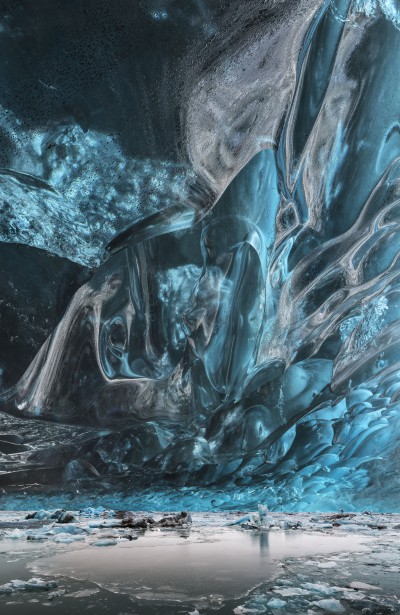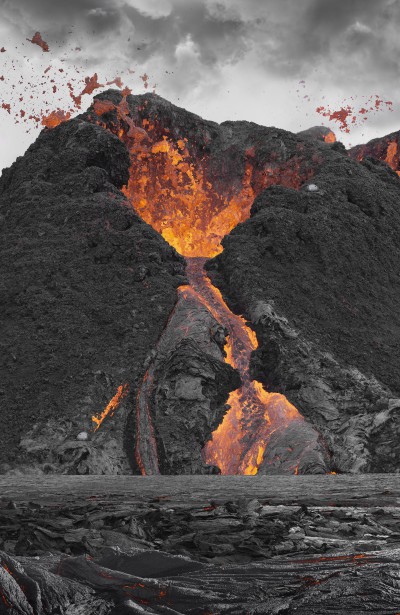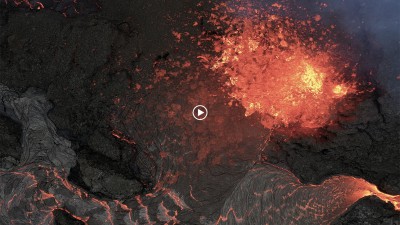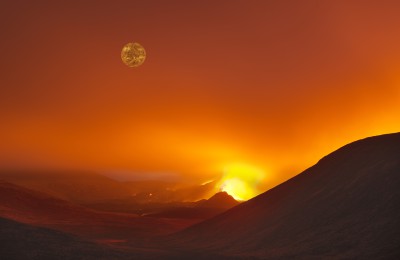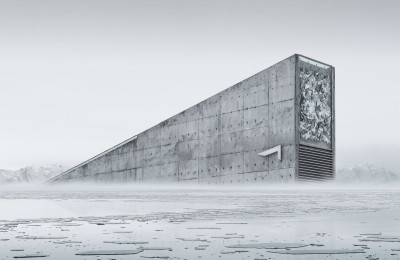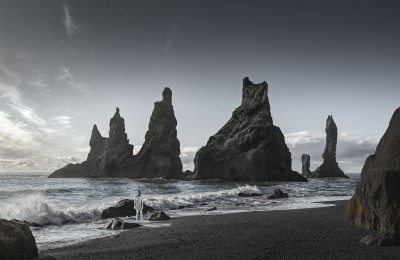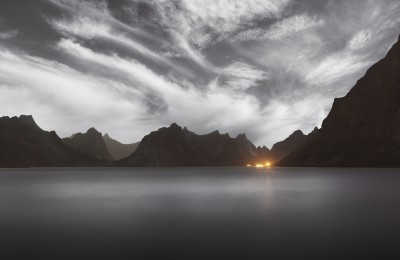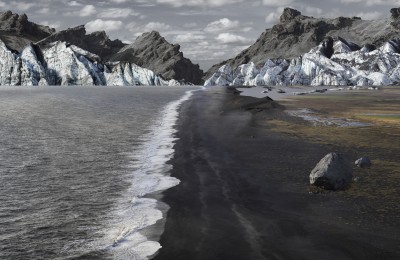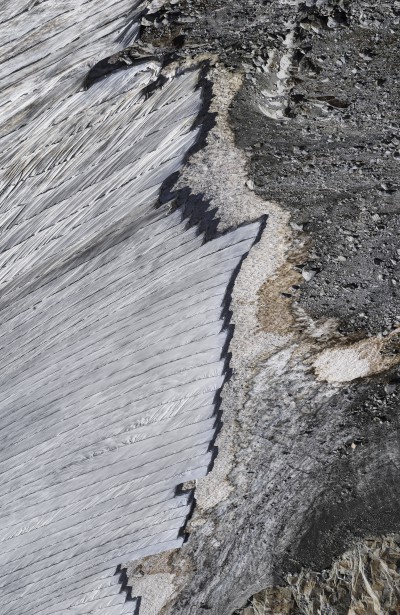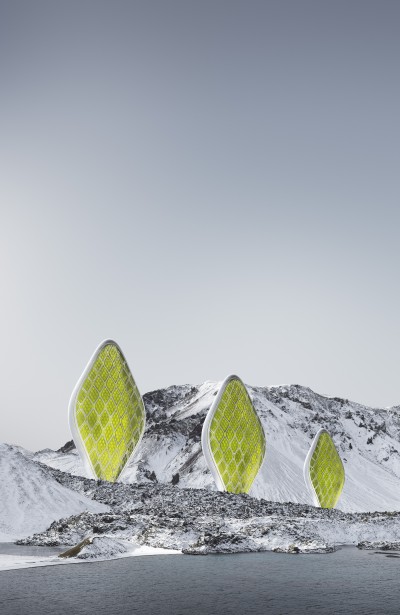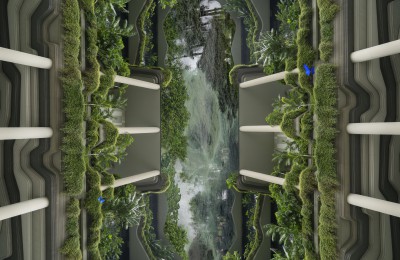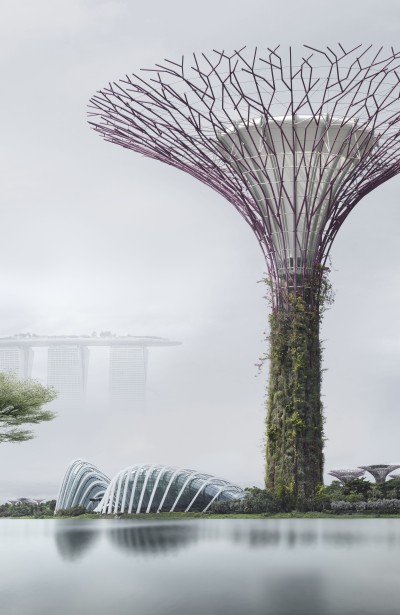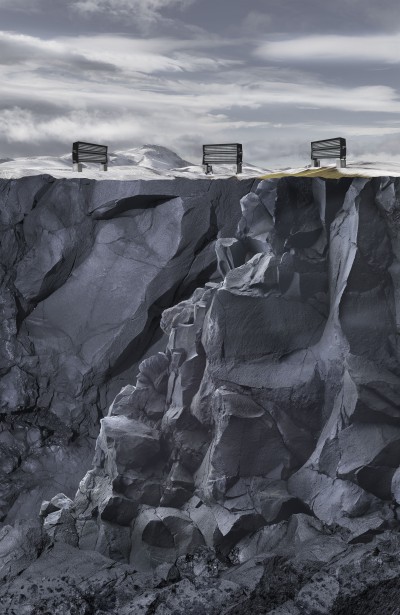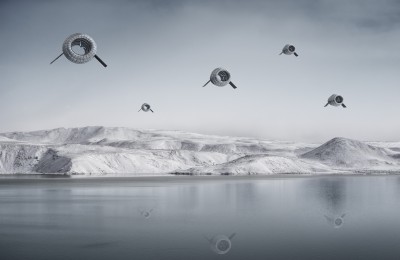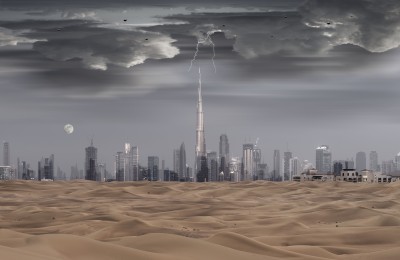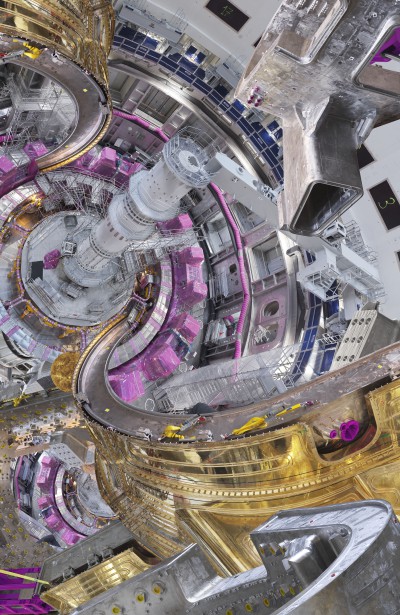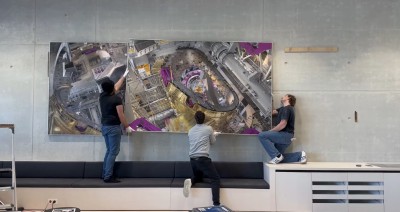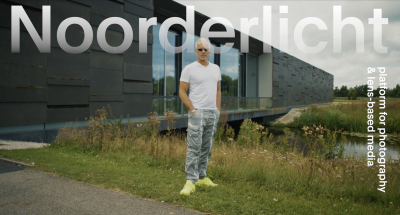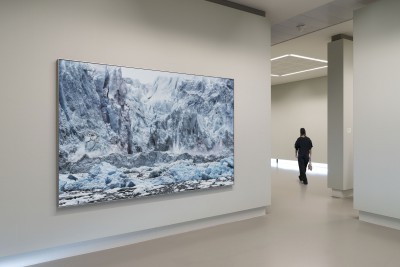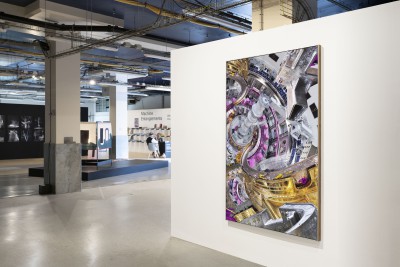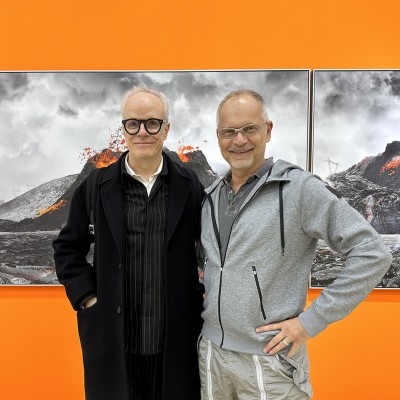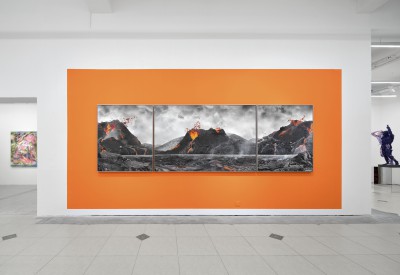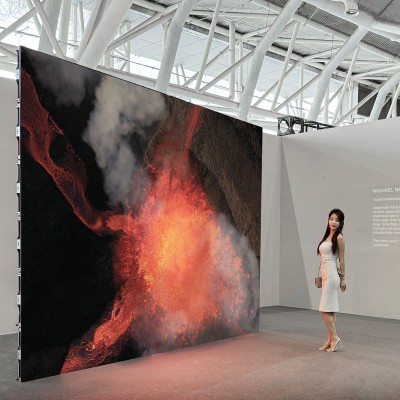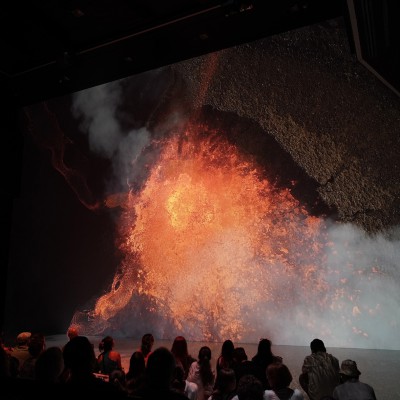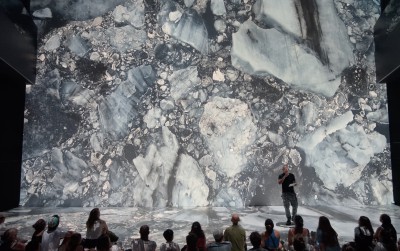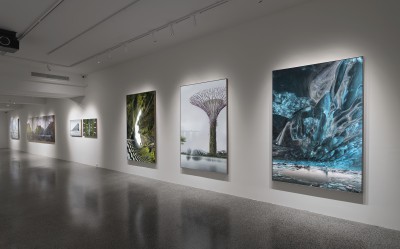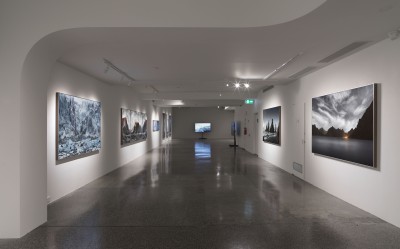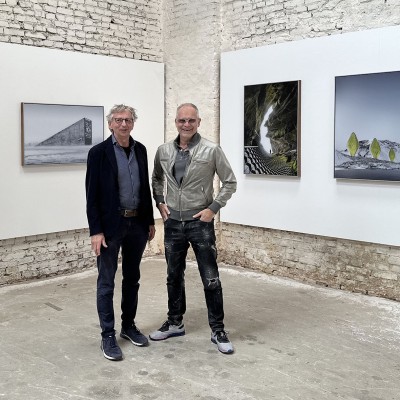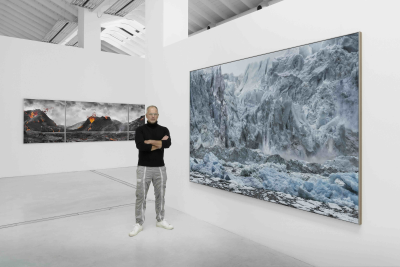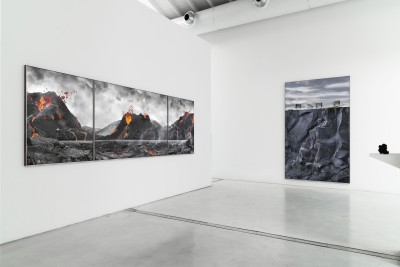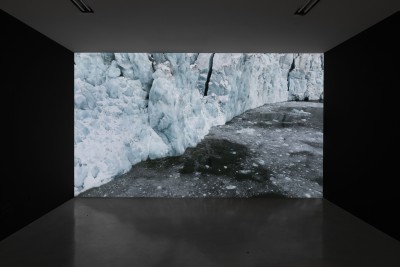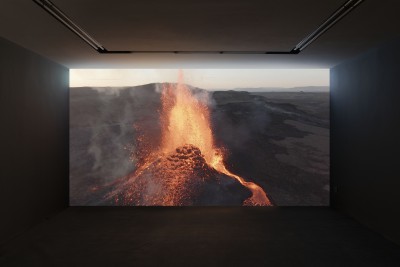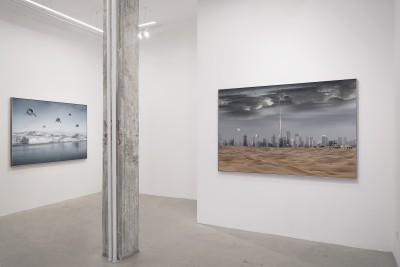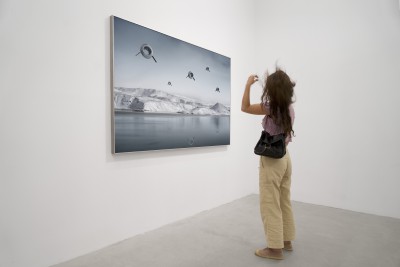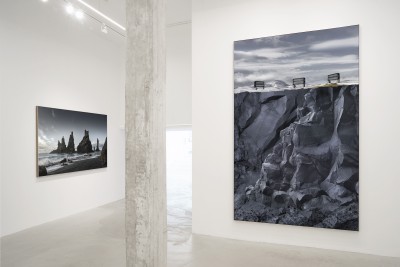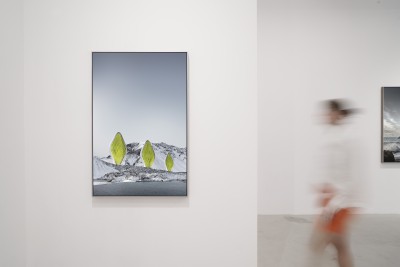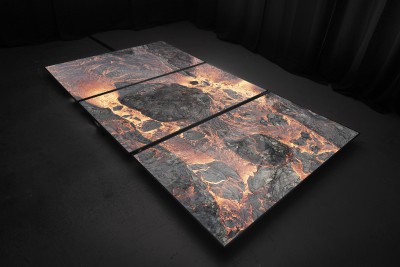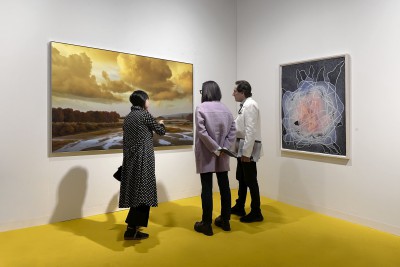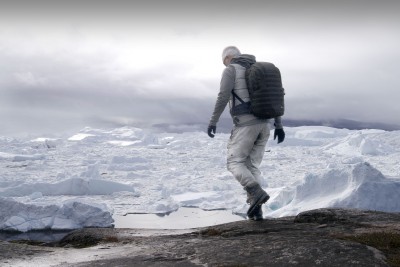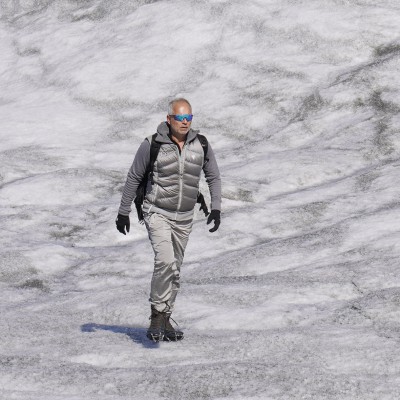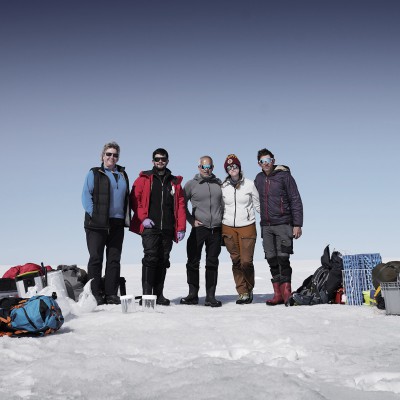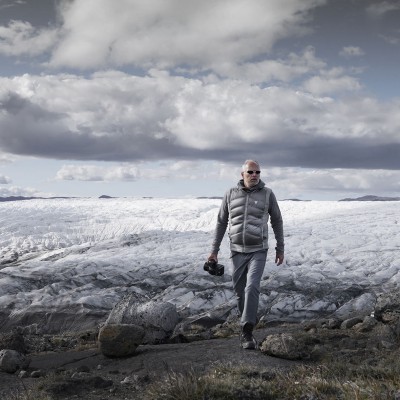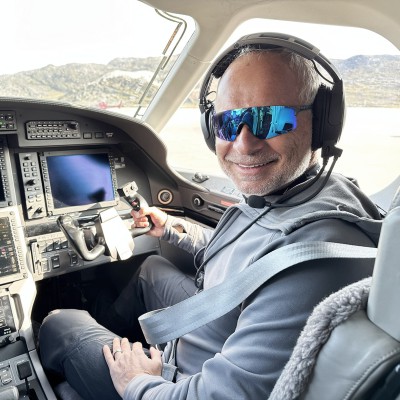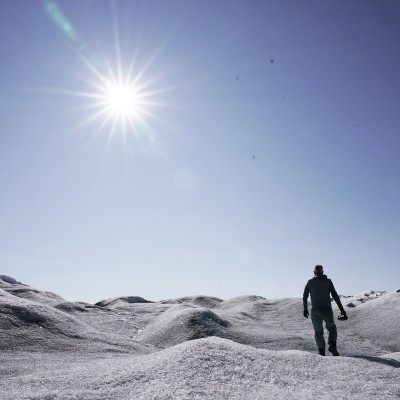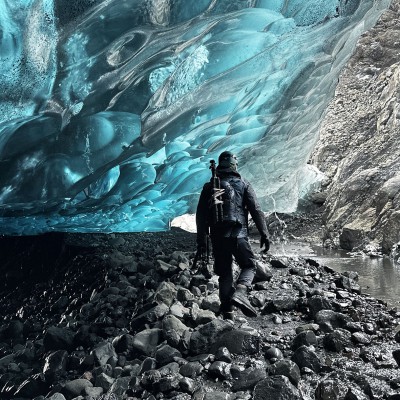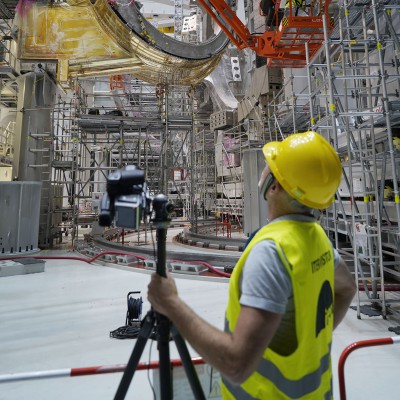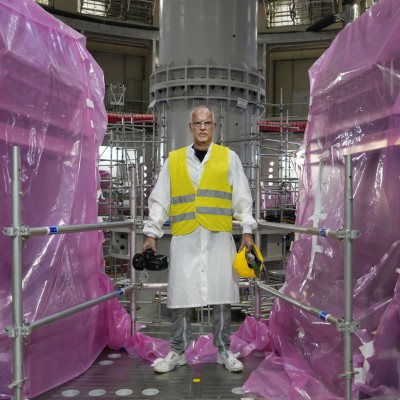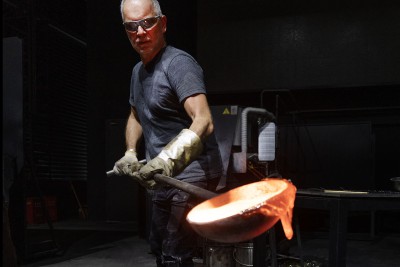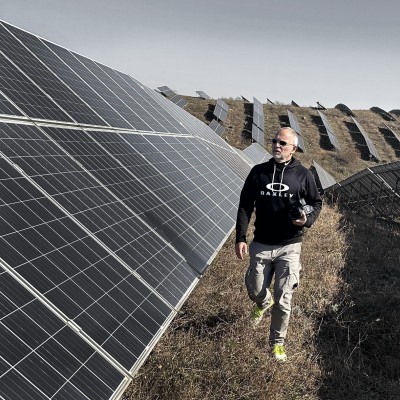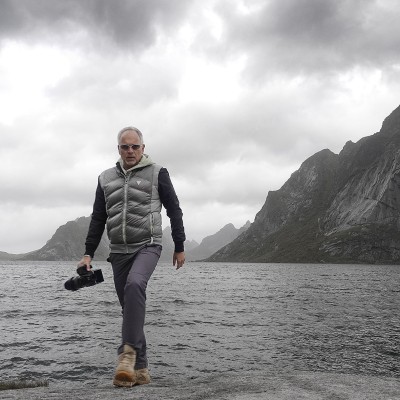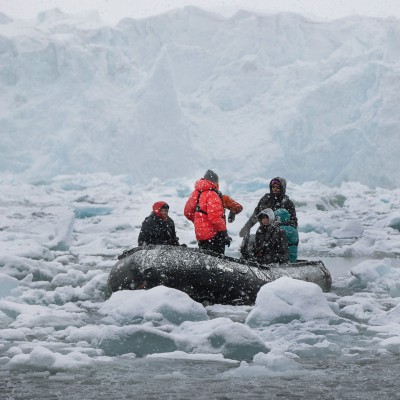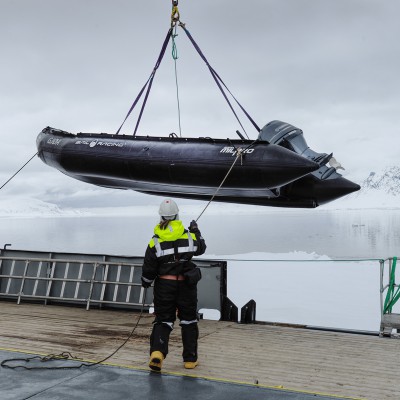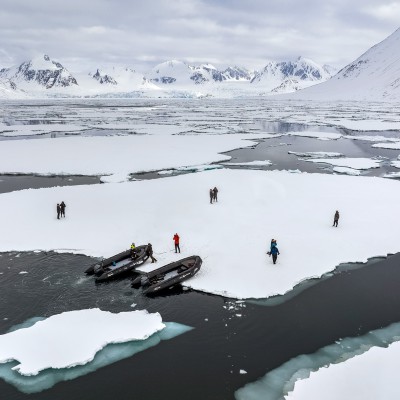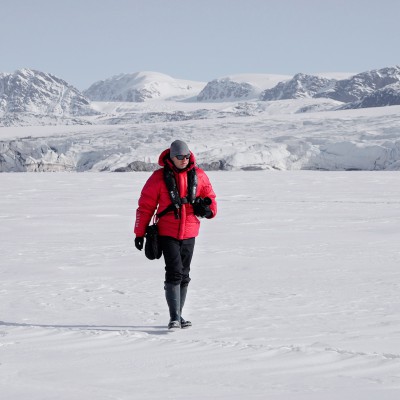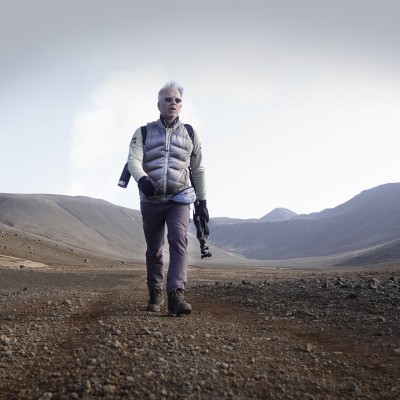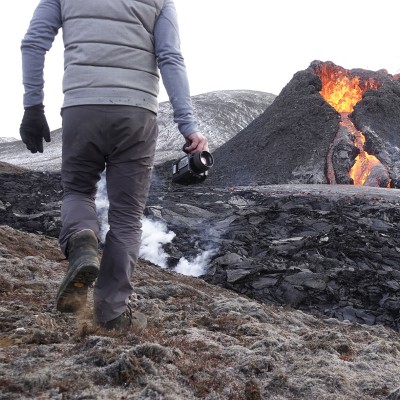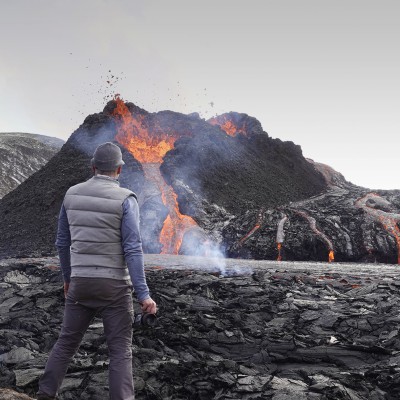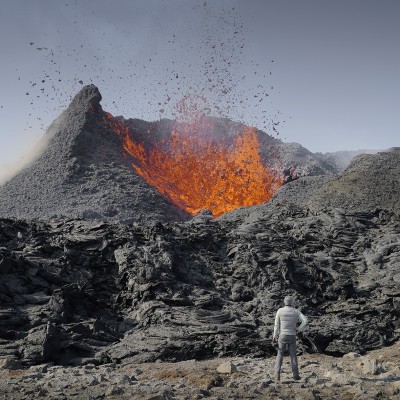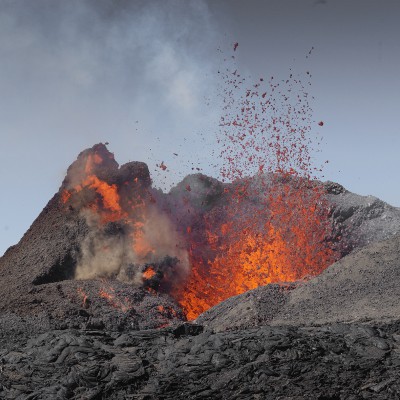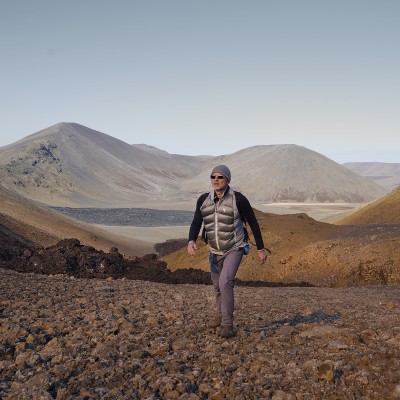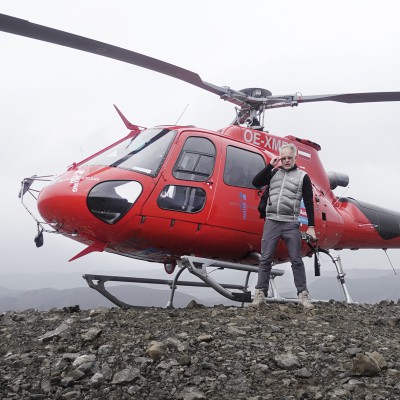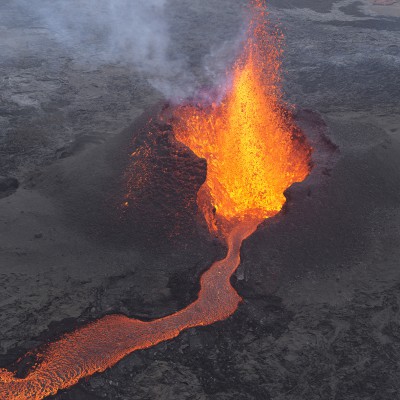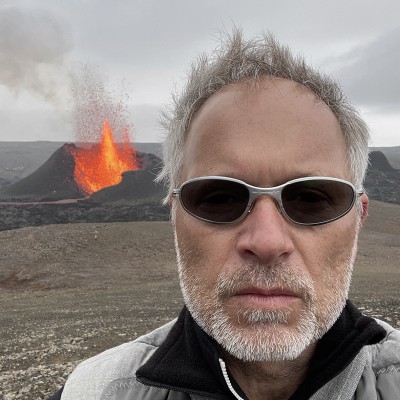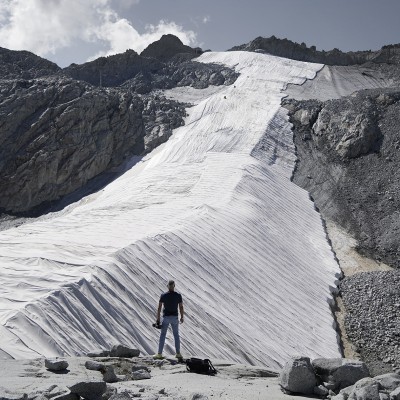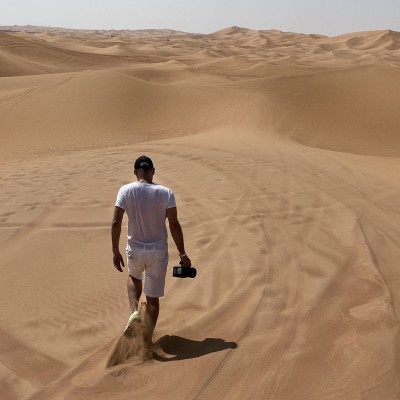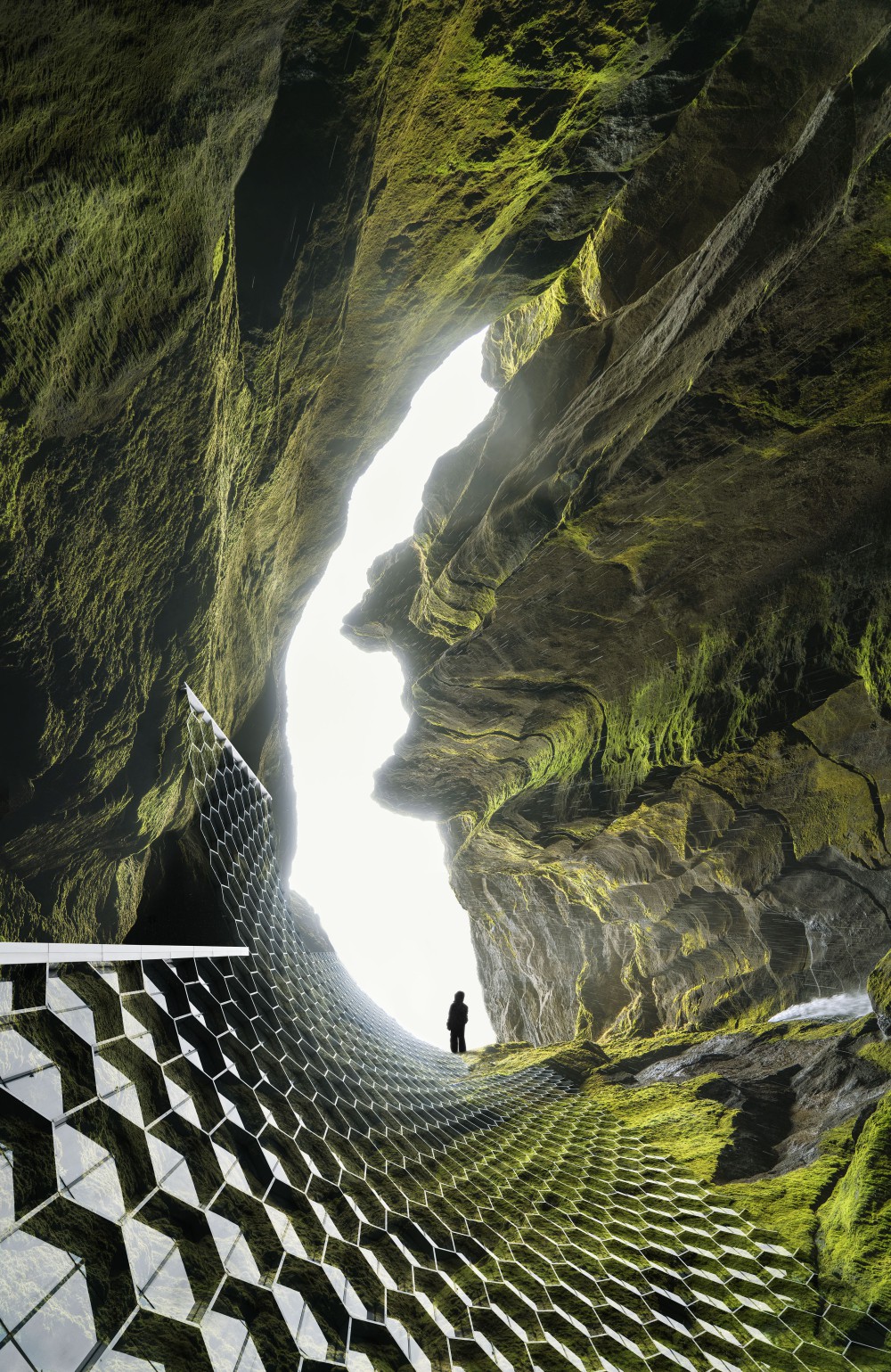
PLATO's cave
Format 1: 202 x 132 cm / 79.5 x 52 in, edition of 6 + 2 AP
Format 2: 102 x 67 cm / 40.2 x 26.3 in, edition of 6 + 2 AP
Hybrid photography, archival pigment print, aludibond, diasec, custom-made wood / aluminium frame
Plato’s famous Allegory of the Cave from the 4th century BC serves as a metaphor for the liberation of humans from illusory perceptions and for the pursuit of a new philosophical level of understanding. The ancient allegory and the futuristic concept of biophilic architecture point to a common denominator that could become increasingly significant. Biophilic architecture positions itself in a forward-looking urban context, highlighting the deep-rooted connection of humans to nature. Biophilic concepts seamlessly integrate natural elements into our urban environments. The goal is not only to create aesthetically pleasing spaces, but also improve the quality of life for city dwellers and to counteract the effects of climate change. This development can contribute to transforming urban living spaces and promoting innovative designs that connect people with their natural environment in a deeper way. The individual plays a crucial role in this context, as both Plato’s Allegory of the Cave and the ideas of biophilic architecture are strongly influenced by the perception, consciousness, and actions of individual people. In this context, the individual can be seen as an agent of change, who, through conscious decisions and actions, can help to create a deeper connection between humans, philosophy, architecture, and nature.
The artwork “PLATO ́s cave” weaves together the philosophical, architectural, and aesthetic aspects of the human-nature connection. The spiral composition of the image dynamically draws the viewer into it, leading one directly to the central light opening in the middle of the image. The twisted space amplifies the effect of transformation and transition, pulling the viewer through the landscape of the image. The hexagonal architecture in the foreground, intertwined with the green cave floor, adds an additional dimension to the image. At the center of the image and simultaneously at the exit of the cave, a figure seen from the back serves as a connecting element between the interior and exterior space. Their gaze is directed into a white space, but it remains unclear what the figure sees. In the Allegory of the Cave, the individual who frees themselves and reaches the light of the sun symbolizes the seeker, the thinker who actively pursues knowledge and frees themselves from illusory perceptions. The Allegory of the Cave has been widely interpreted in art, especially in the depiction and interpretation of reality. The concept of biophilic architecture is capable of shaping an entirely new urban living reality.
